In recent years, there has already been a particularly strong focus on increasing soil carbon content to improve sponge function and the associated physico-chemical aspect namely the clay-humus complex. When the focus is combined with the biological in addition to the physical and chemical, we speak of regenerative agriculture concepts.
Today, for various reasons, there is particular interest in the main pillar of regenerative thinking: naturally stimulating an increase in the plant's root depth to reach deeper water supplies and deeper anchored macro, micro and trace elements. The aim is for the plant to naturally meet its nutritional needs with less human intervention (e.g. fertiliser).
In an exploratory study, this factor was often found to be sub-standard on agricultural plots: within 1 plot group (grassland, cutting pasture), it varied from only 12 cm to 25 cm. This means that in some cases only 1/3rd of the nutrients present in the building soil can be absorbed by the plant. Also, an undersized rooting depth has implications for the crop's drought tolerance. It goes without saying that this grass will generate low yield potential in climatic stress situations without human intervention.
Consequently, a first sub-objective is the inventory and monitoring of agricultural soils seeking to improve the ratio of different soil elements for optimal plant health.
A second pillar of regenerative thinking is the Stepwise turning away from inorganic fertilisation in favour of naturally acting organic fertilisation.
As the North Limburg region is known as the flourishing epicentre of (dairy) cattle farming, slurry is the most commonly applied fertiliser and, in combination with a successful carbon-rich green manure mixture, will be used as the main component in the fertilisation of (arable) crops. But slurry is generally regarded as a by-product of (dairy) cattle farming and thus also treated in a stepmotherly manner: on officially recognised analyses, only the macro-elements (nitrogen, phosphorus and potassium) are described. This is a very distressing finding as this fertiliser is the basis for fertilising a crop.
The absence of further quality standards creates great opportunities for upgrading slurry quality. Consequently, this project aims to include several quality parameters in quality control (pH, org. substance, trace elements). A second sub-objective thus includes mapping the quality of slurry and consequently its impact on soil nutrient balance.
The 3rd and final pillar of regenerative insights are the applications of all kinds innovative soil quality products on a natural basis, especially biostimulants. The overarching and not yet mentioned concept within regenerative thinking is to stimulate natural processes by building a strong and diverse soil life o.g. fungi and bacteria. Previous steps are necessary, but can be reinforced via the proverbial push by innovative soil-quality-enhancing products that are currently rapidly taking a relatively large share of the market. This project aims to use a number of promising biostimulants (e.g. forms of humic and fulvic acids) to demonstrate that these products can add direct or indirect value to soil quality.
In global terms, it can thus be stated as follows:
- Overall objective:
- improving soil quality by (i) implementing regenerative thinking in a mainstream cropping system and (ii) stimulating natural nutrient processes.
- Sub-objectives:
- Improve soil nutrient balance by paying attention to micro and trace elements in direct relation to root depth
- Mapping slurry quality parameters and their impact on soil nutrient balance
- Demonstrating innovative biostimulants with positive impact on soil quality
These objectives ultimately lead to a more robust plant that will be better able to overcome droughts due to its better developed root system. In this way, the project not only increases soil quality but also water utilisation, thus reducing the need for irrigation. Furthermore, it allows the plant to take up nutrients even in deeper soil layers, enabling cultivation with a lower input of inorganic fertiliser. Moreover, through the exchange systems in the roots, carbon is also built up over the entire soil surface. In addition to soil quality, the project thus also contributes to water quantity and quality in the wider environment.












